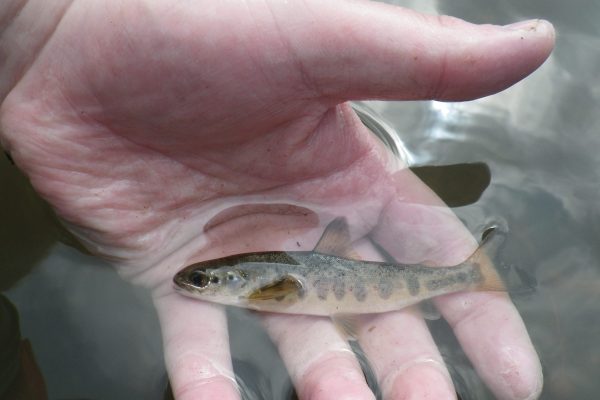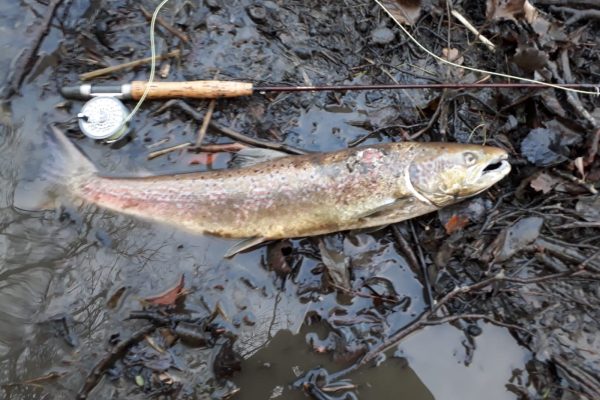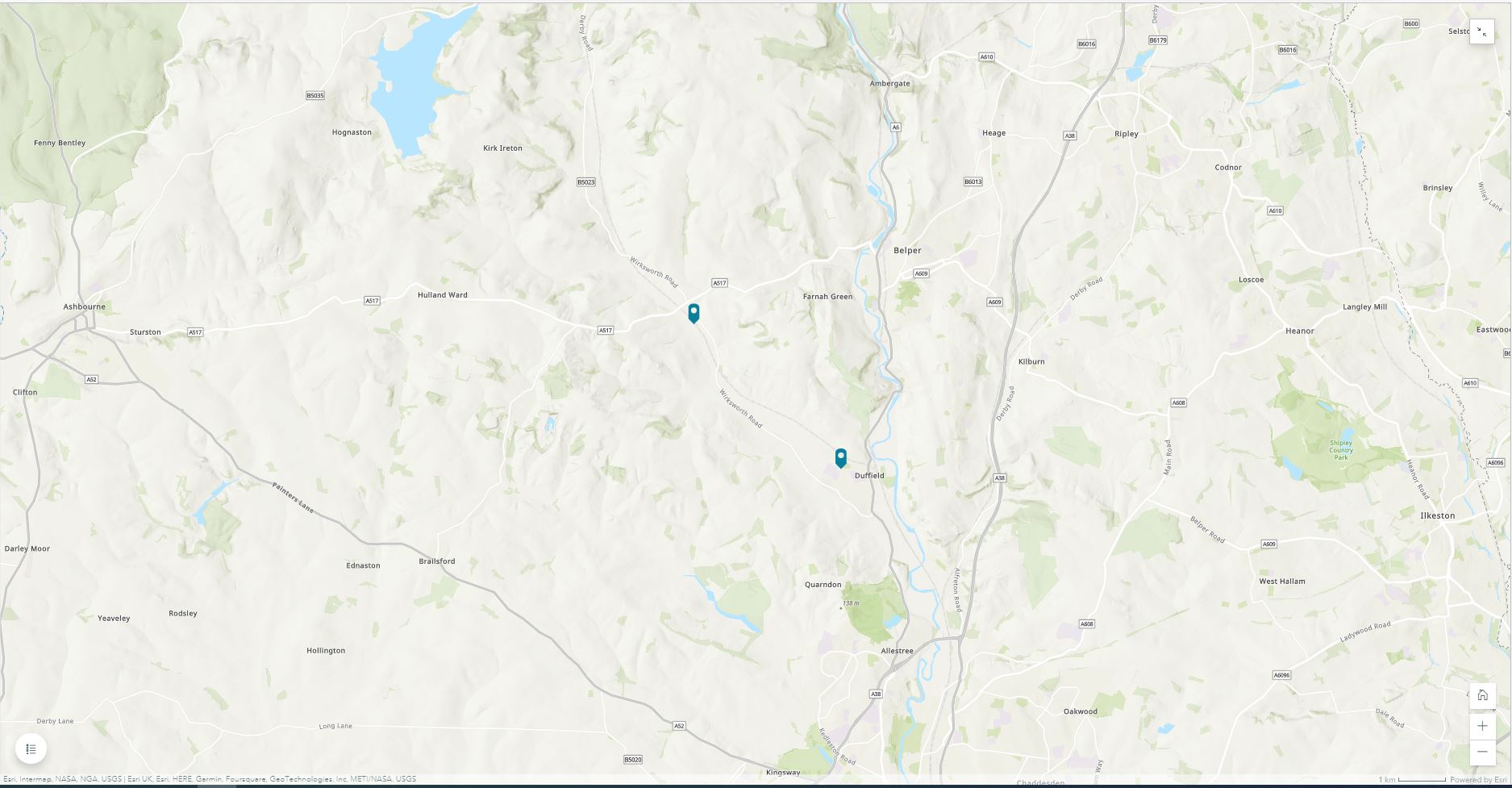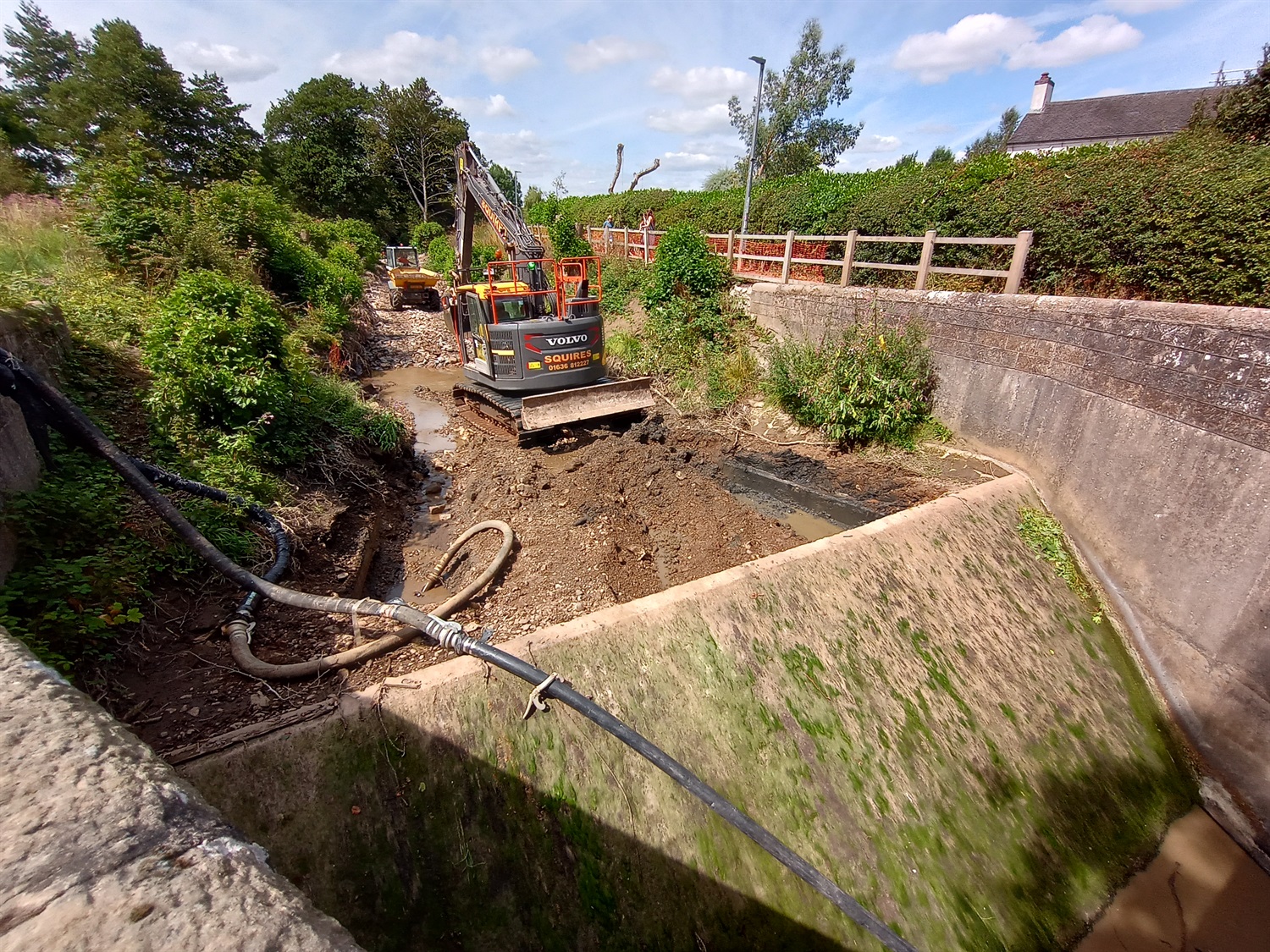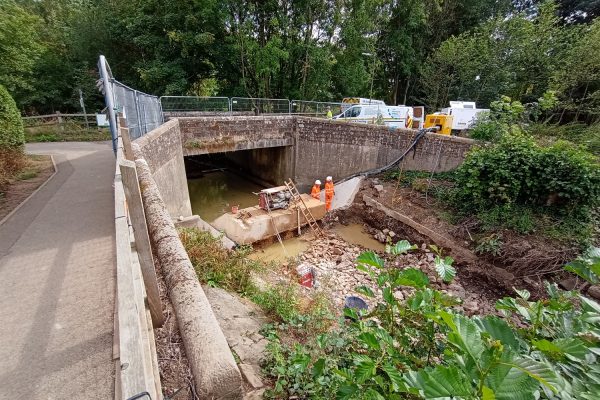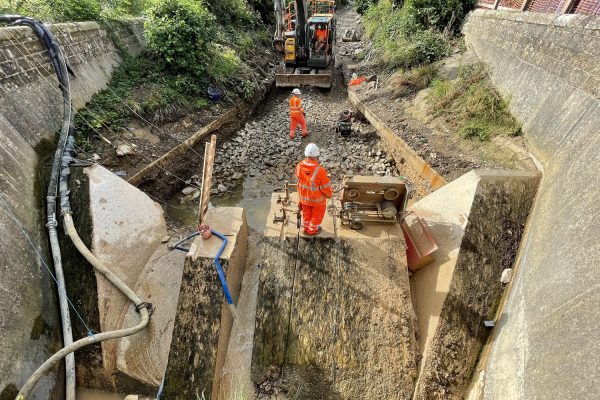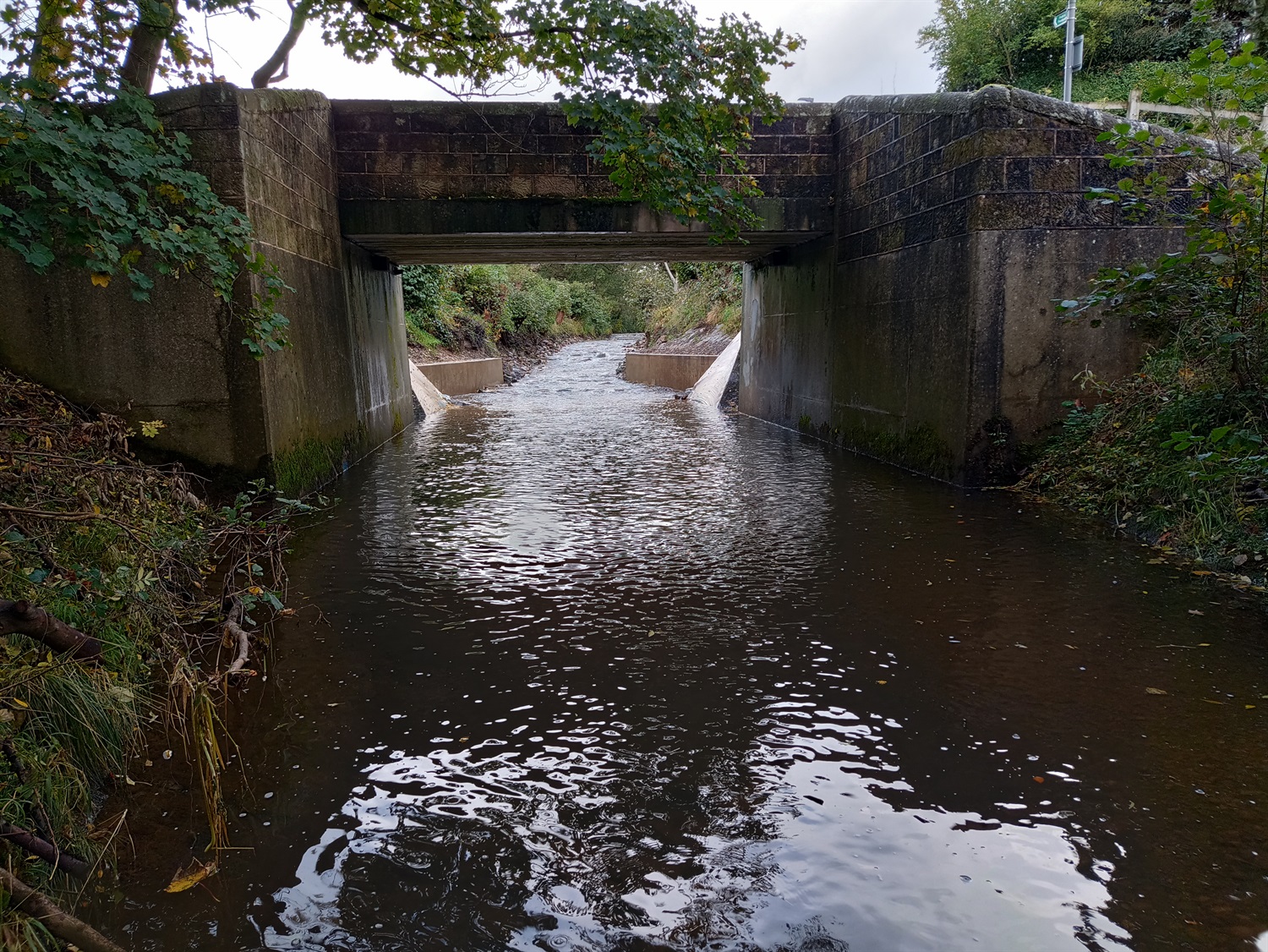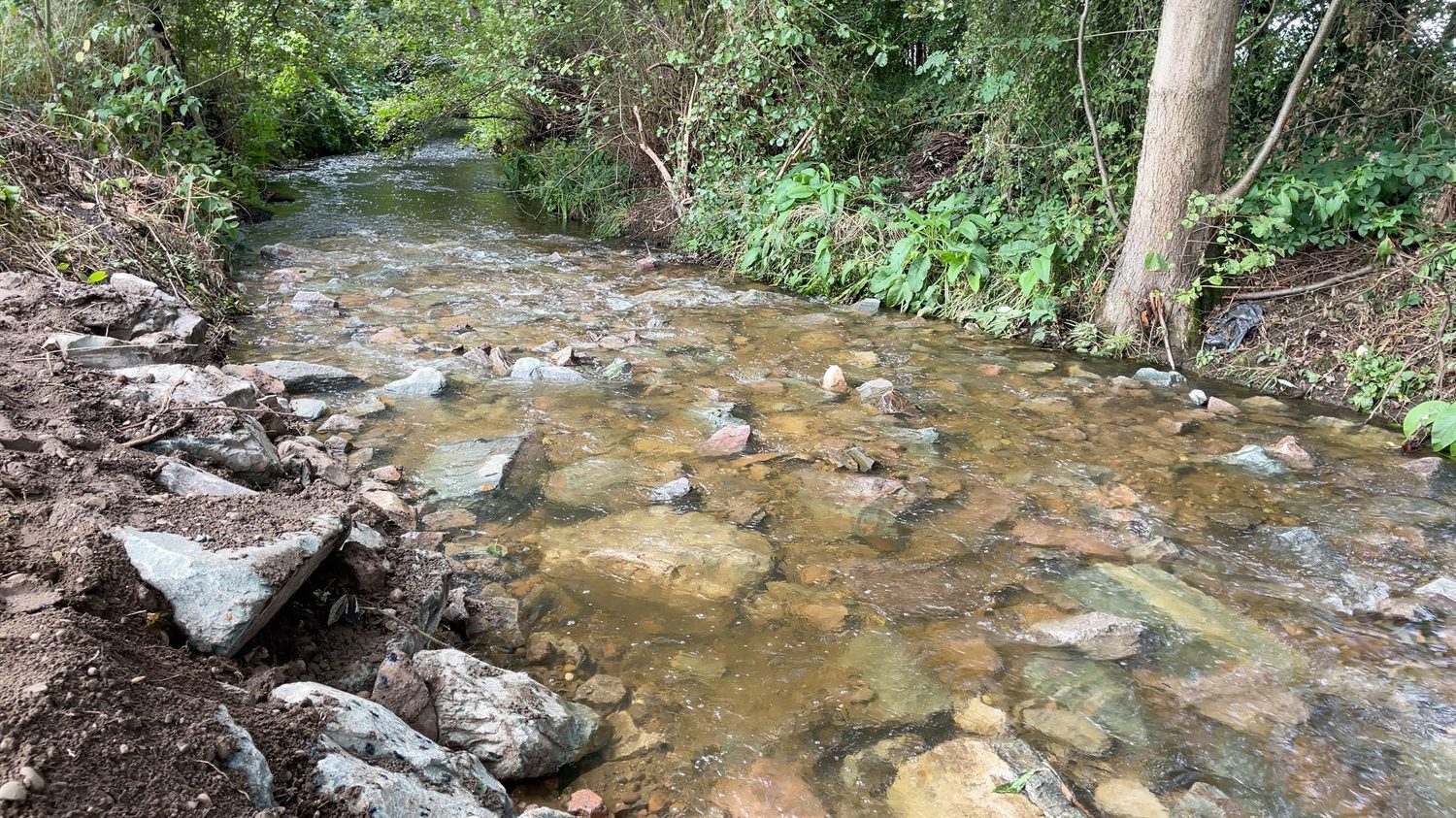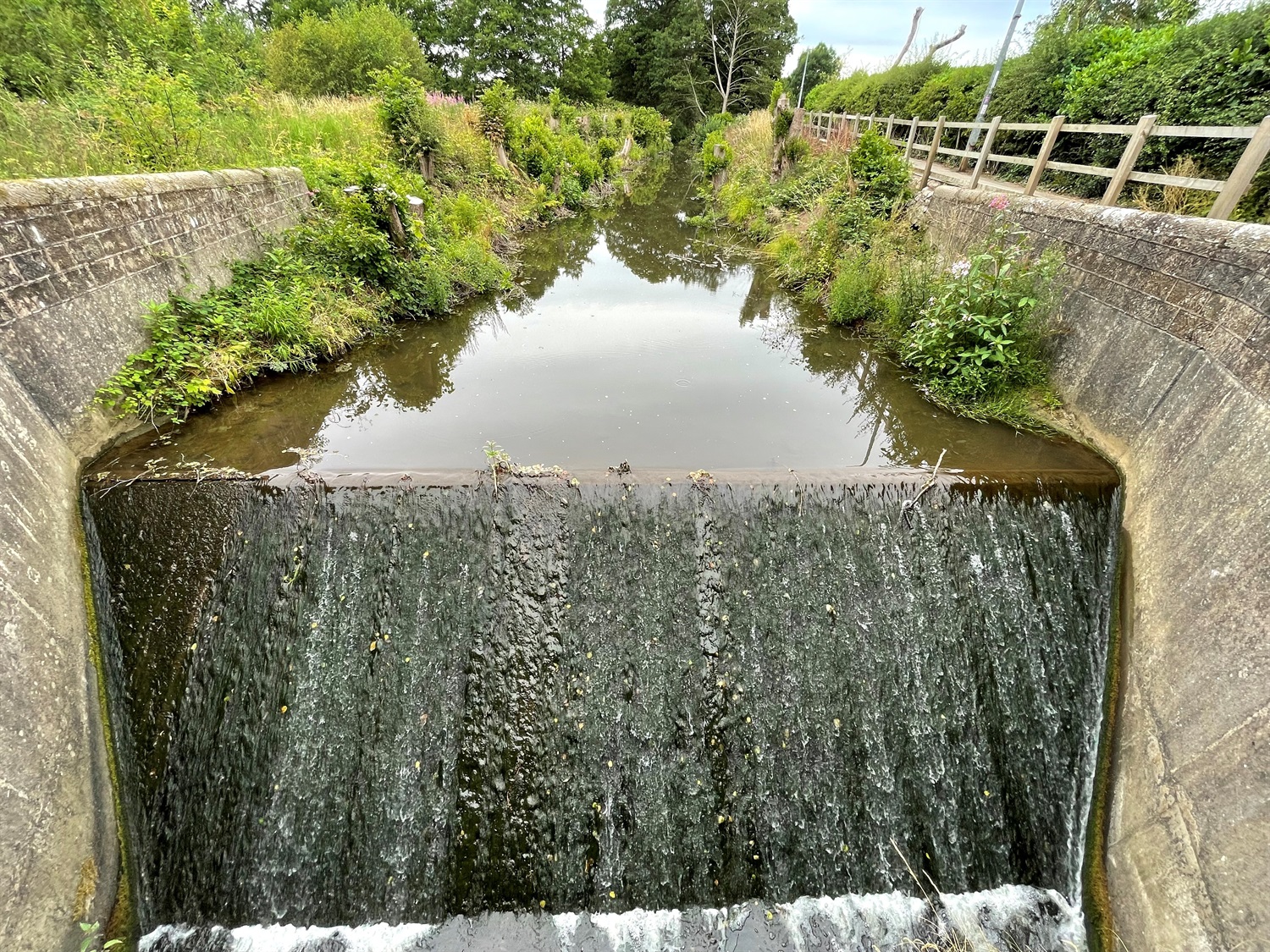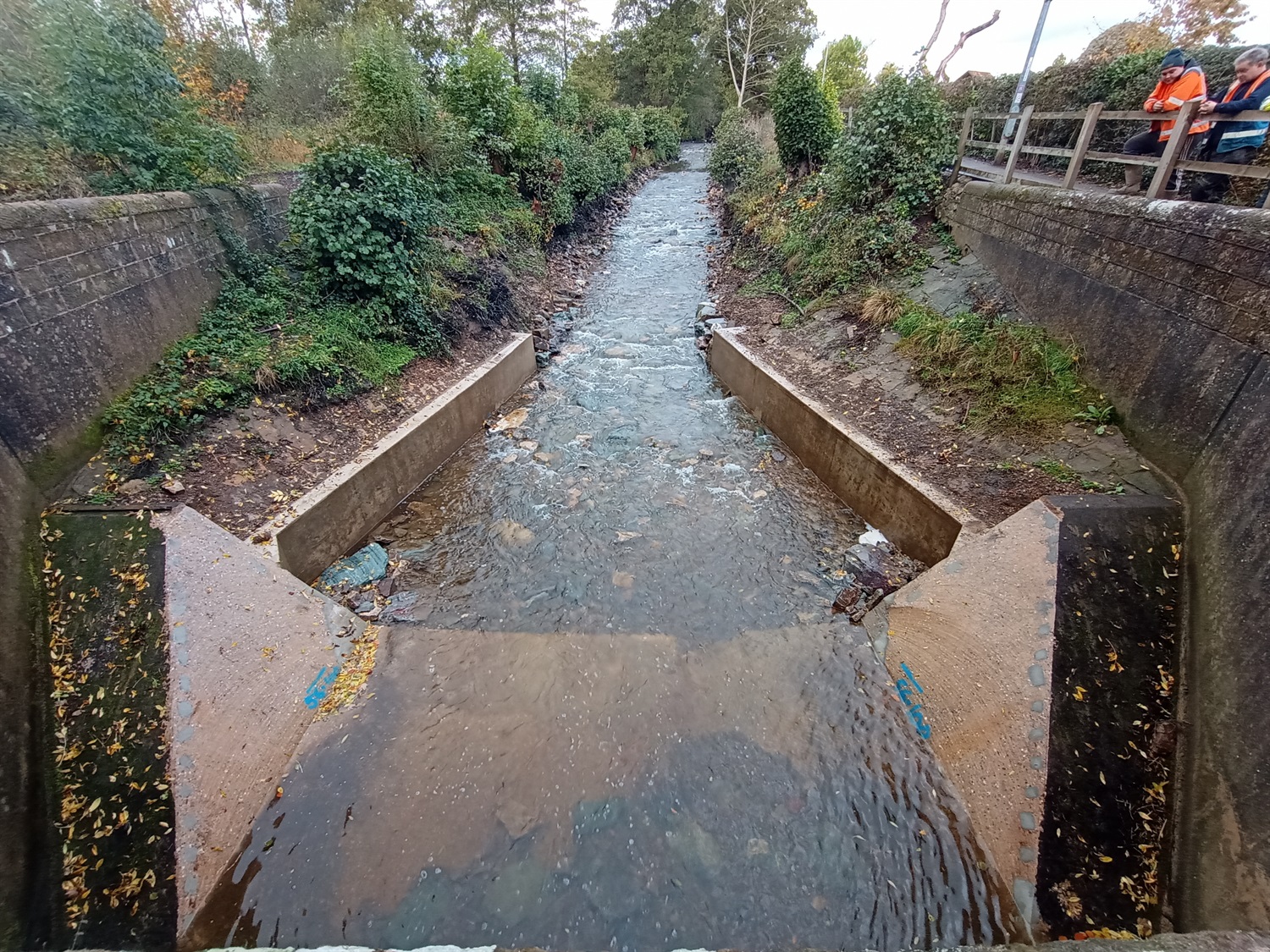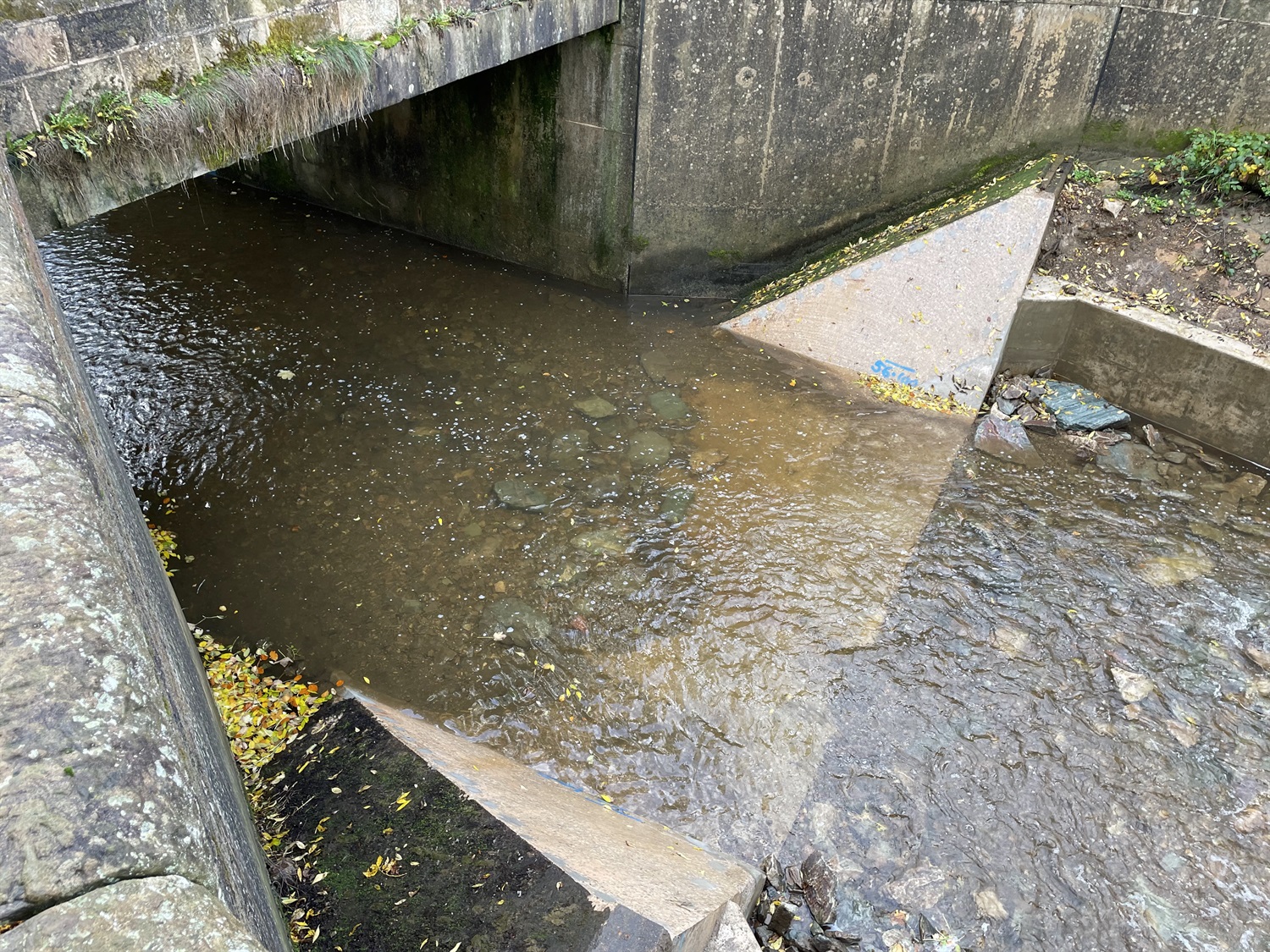Enabling fish passage by weir removal within the framework of Ecclesbourne Restoration project
River Ecclesbourne
Ecclesbourne catchment is located in Duffield, near Derby, central England (Figure 1) and covers an area of 60 km2. River Ecclesbourne rises above the town of Wirksworth, is 28-km long, including its tributaries, and runs into River Derwent, then to River Trent and the North Sea. The Derwent is regulated by riverine barriers, such as weirs, and the resulting fragmentation of its longitudinal connectivity has led to the disappearance of Atlantic salmon (Salmo salar) from the river’s headwaters and the River Ecclesbourne as well. Other fish species inhabiting these two rivers and that have been affected by these barriers include Brown trout (Salmo trutta), grayling (Thymallus thymallus), barbel (Barbus barbus), chub (Squalius cephalus), dace (Leuciscus leuciscus), minnow (Phoxinus phoxinus), bullhead (Cottus gobio) and brook lamprey (Lampetra planeri).



